14 Connecticut Mayors Will Spotlight National Service, Joining Colleagues Nationwide
/
Fourteen Connecticut municipal chief elected officials - 12 mayors and two first t selectmen - will be joining colleagues from across the country on April 1 in spotlighting the impact of national service and thanking those who step up to provide voluntary service to their communities. The nation’s mayors are increasingly turning to national service as a cost-effective strategy to address city challenges, officials say. By unleashing the power of citizens through AmeriCorps and Senior Corps, the two lead national service programs, participating individuals have a positive and lasting impact – making our communities better places to live.
The second-annual Mayors Day of Recognition for National Service will include Bridgeport’s Bill Finch, Fairfield’s Mike Tetreau, Hartford’s Pedro Segarra, Middletown’s Dan Drew, New London’s Daryl Finizio, and Wes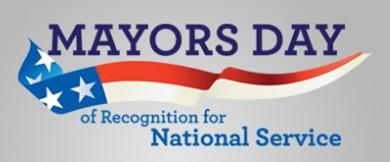 t Haven’s Ed O’Brien. Also signing on as participants in the day of recognition are Deb Hinchey of Norwich, Mark Boughton of Danbury, Hamden’s Scott Jackson, Manchester’s Leo Diana, New Haven’s Toni Harp, North Haven’s Michael Freda, Stamford’s David Martin and Windham’s Ernie Eldridge.
t Haven’s Ed O’Brien. Also signing on as participants in the day of recognition are Deb Hinchey of Norwich, Mark Boughton of Danbury, Hamden’s Scott Jackson, Manchester’s Leo Diana, New Haven’s Toni Harp, North Haven’s Michael Freda, Stamford’s David Martin and Windham’s Ernie Eldridge.
On April 1, mayors will hold public events and use traditional and social media to highlight the value and impact of national service to the nation’s cities.
Officials report that more than 3,700 people of all ages and backgrounds are helping to meet local needs, strengthen communities, and increase civic engagement through national service in Connecticut. Serving at more than 600 locations throughout the state, these citizens tutor and mentor children, support veterans and military families, provide health services, restore the environment, respond to disasters, increase economic opportunity, and recruit and manage volunteers.
This year, the Corporation for National and Community Service (CNCS) will commit more than $9,390,000 to support Connecticut communities through national service initiatives. Through a unique public-private partnership, this federal investment will leverage an additional $2,720,000 in other resources to strengthen community impact, build local support, and increase return on taxpayer dollars.
The Corporation for National and Community Service is a federal agency that improves lives, strengthens communities, and fosters civic engagement through service and volunteering. CNCS annually engages more than five million Americans in service to meet local needs through Senior Corps, AmeriCorps, and national days of service; improves communities through the Social Innovation Fund, and leads President Obama's national call to service initiative.
Last year, 832 Mayors representing nearly 100 million citizens participated in the inaugural Mayors Day of Recognition for National Service. The initiative is being led by the Corporation for National and Community Service; Cities of Service; the National League of Cities; and Mesa, AZ, Mayor Scott Smith, President of the U.S. Conference of Mayors.


 mploys approximately 100 people, with national headquarters in Newington.
mploys approximately 100 people, with national headquarters in Newington.
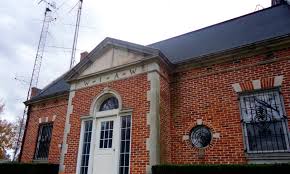 ntennial-themed activities,” Inderbitzen added, “including coach bus trips to ARRL headquarters and W1AW—the Hiram P. Maxim Memorial Station in nearby Newington. We want ARRL members to come with all of their experiences from the first one hundred years of Amateur Radio and ARRL, and leave with a shared vision for ARRL’s second century.”
ntennial-themed activities,” Inderbitzen added, “including coach bus trips to ARRL headquarters and W1AW—the Hiram P. Maxim Memorial Station in nearby Newington. We want ARRL members to come with all of their experiences from the first one hundred years of Amateur Radio and ARRL, and leave with a shared vision for ARRL’s second century.”
 The proposal was also supported by the
The proposal was also supported by the 
 elphia, and will meet next month in Houston.
elphia, and will meet next month in Houston.

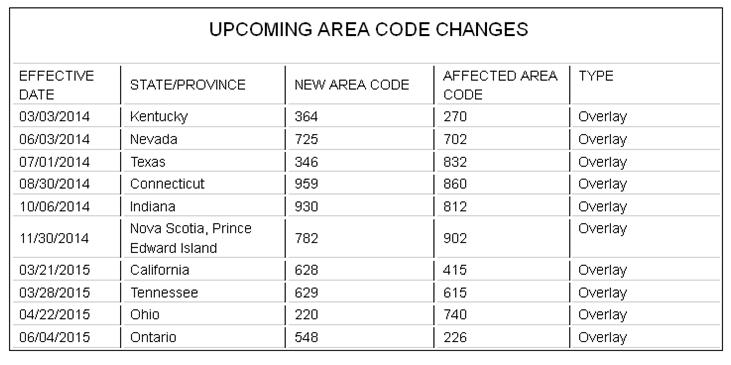

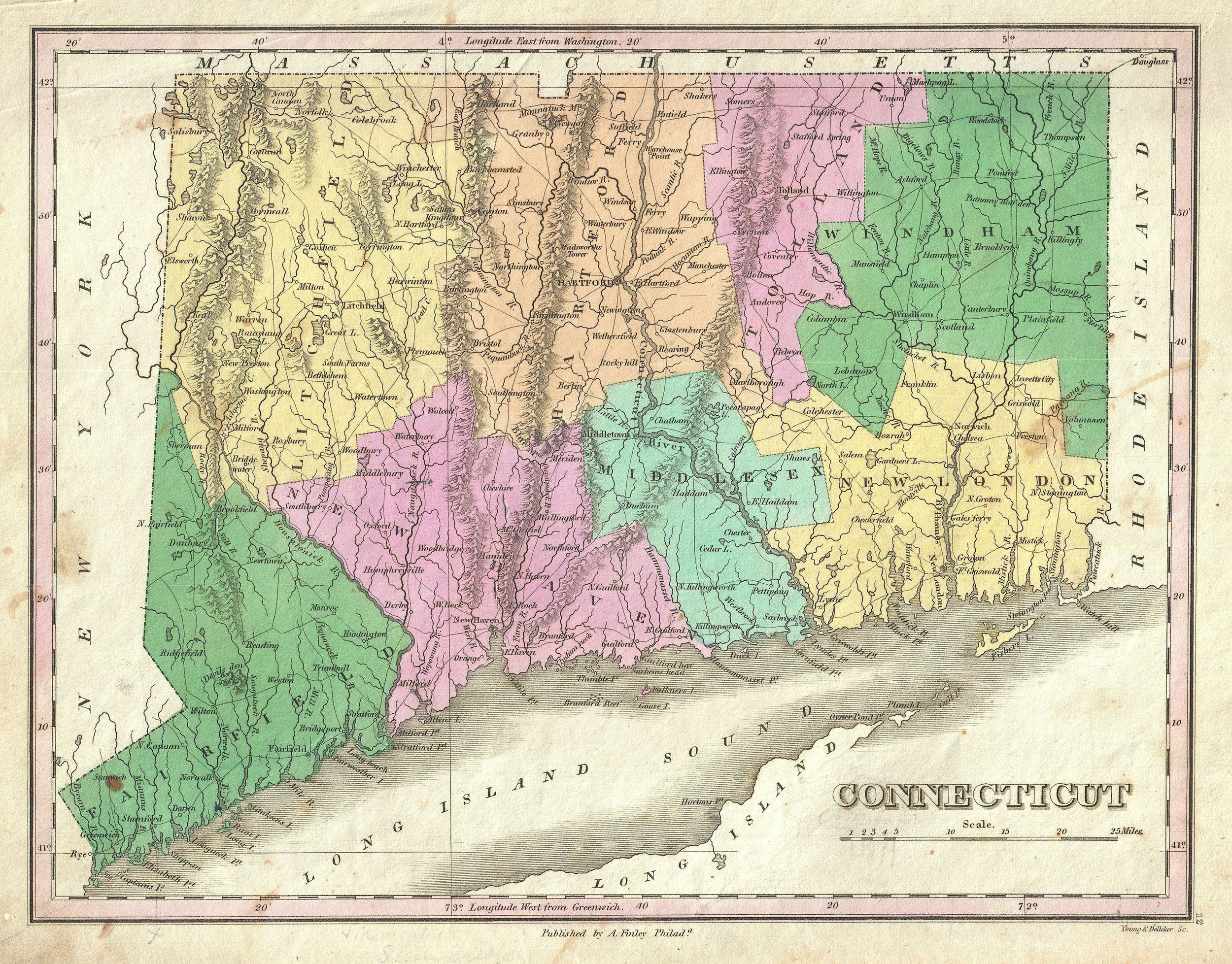

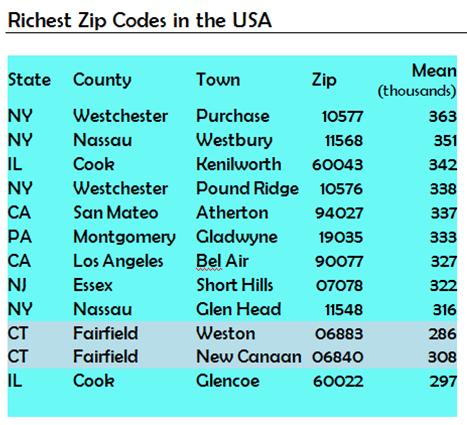 The zip code with the highest and the 4th highest incomes are in Westchester County, close to the Connecticut border. The second richest, Westbury, is in Nassau county, New York, which also has the 9th richest. Also in the New York City suburbs are the 8th, in New Jersey just 20 miles west of New York, while 10th and 11th richest are both located in Fairfield County, according to Richard Morrill, Professor Emeritus of Geography and Environmental Studies at the University of Washington, who outlined his research in
The zip code with the highest and the 4th highest incomes are in Westchester County, close to the Connecticut border. The second richest, Westbury, is in Nassau county, New York, which also has the 9th richest. Also in the New York City suburbs are the 8th, in New Jersey just 20 miles west of New York, while 10th and 11th richest are both located in Fairfield County, according to Richard Morrill, Professor Emeritus of Geography and Environmental Studies at the University of Washington, who outlined his research in 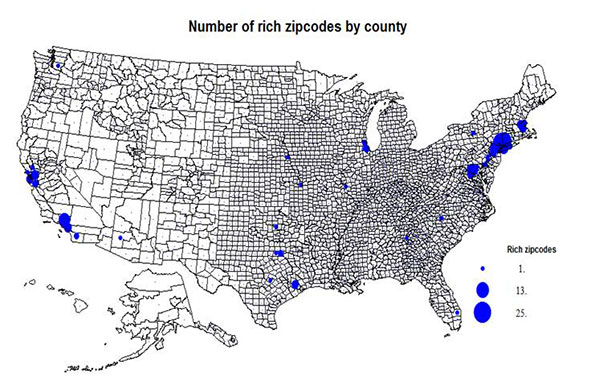 e income level of the overall population of the zip code. Among the poorest of the inner city poor areas, the data indicated, were in Los Angeles, Waterbury, CT; Portland, OR; and Youngstown and Canton, OH.
e income level of the overall population of the zip code. Among the poorest of the inner city poor areas, the data indicated, were in Los Angeles, Waterbury, CT; Portland, OR; and Youngstown and Canton, OH.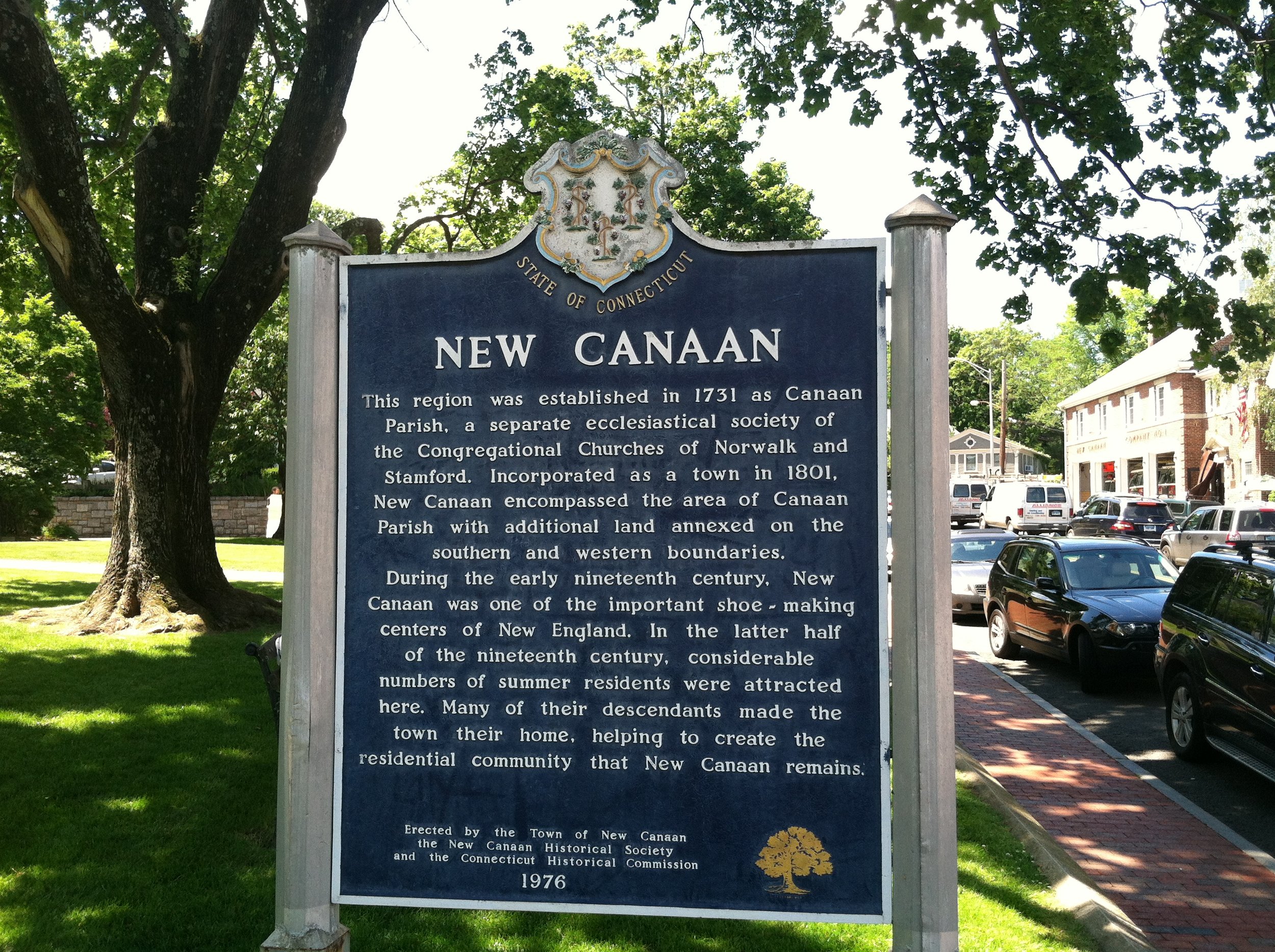

 ent, New London 29 percent, Cornwall, 27 percent, Norwich 23 percent, Meriden 22 percent, East Hartford and Preston, both at 21 percent, Stamford and Kent, both at 13 percent, and Danbury 12 percent.
ent, New London 29 percent, Cornwall, 27 percent, Norwich 23 percent, Meriden 22 percent, East Hartford and Preston, both at 21 percent, Stamford and Kent, both at 13 percent, and Danbury 12 percent.
 92 and 2014. The report, “Introducing the Children’s Budget,” is available on the Connecticut Voices for Children website at www.ctvoices.org
92 and 2014. The report, “Introducing the Children’s Budget,” is available on the Connecticut Voices for Children website at www.ctvoices.org vation of Place grant program provides a source of funding for new initiatives that can be integrated into, and leverage, comprehensive Main Street preservation and revitalization programs. The funds are meant to be flexible to meet individual community need.
vation of Place grant program provides a source of funding for new initiatives that can be integrated into, and leverage, comprehensive Main Street preservation and revitalization programs. The funds are meant to be flexible to meet individual community need.
 of Place grant program to twenty Connecticut communities, leveraging $842,727 in local Main Street initiatives. The program receives support from the State Historic Preservation Office with funds from the Community Investment Act.
of Place grant program to twenty Connecticut communities, leveraging $842,727 in local Main Street initiatives. The program receives support from the State Historic Preservation Office with funds from the Community Investment Act. end of 2014, an additional nine states may be above the federal minimum, marking the first time minimum pay in most states will be above the federal level, according to the National Employment Law Project, as reported by
end of 2014, an additional nine states may be above the federal minimum, marking the first time minimum pay in most states will be above the federal level, according to the National Employment Law Project, as reported by  o the current $7.25/hour, the federal minimum has lost about 5.8% of its purchasing power to inflation, Pew points out.
o the current $7.25/hour, the federal minimum has lost about 5.8% of its purchasing power to inflation, Pew points out.




























